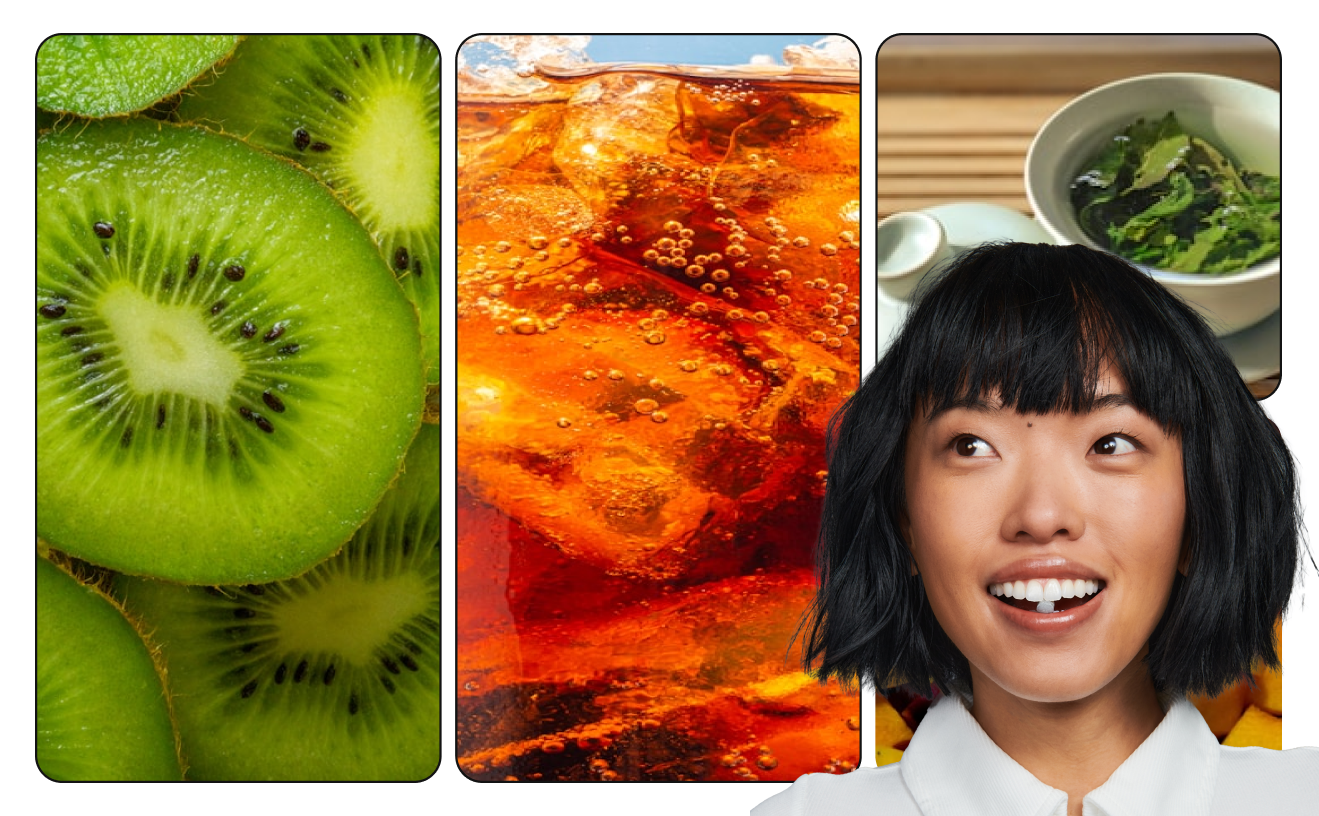Ocean Pollution: Our Guide On How To Help Our Oceans
We’re all broadly familiar with the environmental threats our oceans face. Humans have contributed to ocean pollution through millions of metric tons of plastic waste, agricultural runoff, sewage, and toxic chemicals.
Let’s try to contextualize it even further: Five garbage patches – or large debris fields composed of marine debris and other waste – have formed in our oceans. The Great Pacific Garbage Patch in the North Pacific Ocean includes at least 1.8 trillion pieces of plastic debris and litter.
Pollutants like farmland fertilizers introduce excess nutrients like phosphorus and nitrogen into our ocean, creating harmful algal blooms. The blooms can decrease oxygen in the water, creating dead zones where sea turtles, jellyfish, shellfish, dolphins, sharks, and other marine mammals die en masse. The largest dead zone is in the Gulf of Mexico—it's nearly the size of New Jersey.
Ocean acidification from greenhouse gases has bleached our coral reefs and causes carbonate levels to plummet, killing the bivalves marine food chains depend on.
By 2050, there will be more plastic in the ocean than there will be fish. Plastic doesn’t break down easily, and it can take hundreds of years to decompose. Pieces of plastic that have been dispersed into the ocean stick around for long periods – sometimes decades. The marine life that must contend with this waste will have to survive in a continually degrading environment. Plastic waste has collapsed entire ecosystems.
But it’s not all doom and gloom.
There are so many ways we can commit to a sustainable lifestyle and promote healthy ecosystems in our natural environment for a better future. Even a simple, small change like switching up how we brush our teeth can help make a huge, positive impact on reducing ocean pollution.
Playing Our Part
We all have a daily routine, and brushing our teeth is (hopefully) a part of it. Being aware of the waste we produce while brushing our teeth is the first step to playing our part.
From plastic toothbrush handles to plastic tubes holding toothpaste, the plastic from day-to-day oral hygiene products contributes greatly to plastic waste in our oceans.
Also, let’s be honest: No one likes the manual gymnastics of squeezing the remaining toothpaste out of a tube. And the old scissors trick of cutting off the end of the tube just ends up being messy.
Additionally, we’ve all run our sink water longer than we should without noticing — a very unsustainable action that’s completely preventable if we all stop to think for a moment about the consequences.
It seems a given that toothpaste brands would commit to sustainability, considering how much plastic waste contributes to polluting our oceans, but that’s just unfortunately not the case.
Bite, on the other hand, is fully committed to reducing the amount of plastic going into our oceans every day. We’re so committed to it that we created this guide on how to do it.
Here’s how to reduce pollution in the ocean and be more sustainable.
Reduce Plastic Waste
If we want less polluted oceans, we need to reduce the amount of plastic we use and throw out every day. Any plastic debris within the ocean is harmful to our environment. Plastic waste breaks down at a much slower rate and threatens to damage fragile ecosystems, as previously mentioned.
The Great Pacific Garbage Patch within the Pacific Ocean is twice the size of Texas. Ocean currents in the North Pacific Gyre pull smaller pieces of trash like straws and plastic bags towards the Patch, placing the area's sea creatures at risk. This is just the largest example of marine waste in our oceans, but the problem extends well beyond the Pacific Ocean's shores.
Fish and other marine life can get tangled up in plastic packaging, and small marine organisms such as phytoplankton absorb harmful debris chemicals. These chemicals can be passed on to bigger fish that eat the phytoplankton. Ingestion of plastic by seabirds reduces room in their stomachs for actual food, leading to starvation. The list goes on.
So much of the waste we use ends up in our oceans, but we can change in the name of sustainability before plastic waste can cause further damage.
We can all make a difference by cutting single-use plastic items from our daily routines. There are already reusable bags and compostable cups that limit waste and provide more opportunities for recycling and composting. We can assess the items we frequently use to make eco-friendly swaps – starting with our oral hygiene products.
Plastic is overwhelmingly involved in much of the dental hygiene process – from the packaging used to contain products like toothpaste to the materials used to manufacture dental hygiene tools, like a toothbrush. We can identify which of these products can be tweaked to be more environmentally friendly.
Use Sustainable Products
Eco-friendly products aren’t just a trend – they’ve become a legitimate way for consumers to cut down their individual carbon footprints and live more sustainably. Bite provides eco-friendly personal care products to help with this exact goal.
Bite is a brand with a mission to reduce plastic waste in our oceans and help people live a more environmentally conscious lifestyle. It’s a great place to start because dental hygiene is an everyday self-care practice that we have full control over. We each have the power to make a difference.
Here are a few sustainable Bite products that you can swap out for your less eco-conscious, plastic materials. Your contribution to reducing ocean pollution is at hand:
- Bamboo Toothbrush: Brush by Bite is a two-pack of bamboo toothbrushes. This brush is 100% plant-based, making it compostable and more environmentally friendly than the average plastic toothbrush. This brush’s super-soft bristles are made with castor beans, and it even has a detachable head, making it a great toothbrush to bring with you when traveling.
-
Toothpaste Bits: Our Toothpaste Bits come in three different flavors: Fresh Mint, Mint Charcoal, and Berry Twist. Our Bits offer a very sustainable approach to toothpaste because they’re delivered in reusable glass jars instead of plastic tubes. Each Bit comes in tablet form so we can kick the plastic tubes to the curb forever.
There’s a perfect amount of toothpaste in each Bit, so there’s never excess toothpaste going to waste. To refill a jar, we’ll send a compostable pouch with new Bits inside. Talk about waste elimination.
- Plastic-Free and Vegan Floss: Our Dental Floss is completely vegan and plastic-free. It comes in a refillable glass bottle and compostable refill pouches, limiting plastic waste from dental floss containers.
- Mouthwash Bits: These Mouthwash Bits help to balance your pH levels to fight against bad breath at the same time that it fights against cavity-causing bacteria. This is the first mouthwash tablet that includes nHAP, a mineral that's been proven to strengthen and restore teeth. Our Mouthwash Bits are not only fun to use but come delivered in a reusable glass jar. They also come with a neat pocket-sized tin for using them on the go.
- Whitening Gel: Bite’s Whitening Gel is the first 100% plastic-free teeth whitening product. The Whitening Gel comes in a glass jar, and the applicator is compostable, because we want you to feel good knowing you’re making the best choices for our planet while brightening your smile.
Bite takes ocean pollution very seriously. With sustainability in mind, we strive to offer eco-conscious products that make a difference in your dental hygiene routine and reduce ocean pollution.
Conserve Water
We don’t want to stop at reducing plastic waste in our mission to conquer ocean pollution once and for all – wastewater also plays a huge role. Every time we flush the toilet or run water at the sink to brush our teeth, we’re creating wastewater that ends up in sewers and our oceans.
Each of us can implement small changes in our personal care routines to conserve water.
- Taking a shower: When we shower, we can be more mindful of how much time we’re taking to reduce the amount of wastewater flowing through sewers into the ocean.
- Brushing your teeth: When we brush our teeth, just turn the water off. We don’t need water running consistently to brush our teeth, only to rinse. This simple task can immensely reduce the amount of water we use. When brushing for the recommended two minutes, turn the faucet off until rinsing is necessary.
- Almost empty glasses: It happens to the best of us: We pour ourselves a cup of water every night and then forget about it the following day when we go to grab another. Don’t just dump this down the drain. Use the leftover water to water plants. It’s easy to toss it down the drain but think about who else could benefit from your forgetfulness!
Working Together
There are easy steps we can make to our oceans’ wellbeing – just a few tweaks here and there, and we can know we’re doing our part in reducing ocean pollution. Bite makes it easy for those who don’t know where to start with our line of natural and sustainable products.
Let’s tackle reducing ocean pollution together – one day at a time.
Sources:
Marine Pollution | National Geographic


